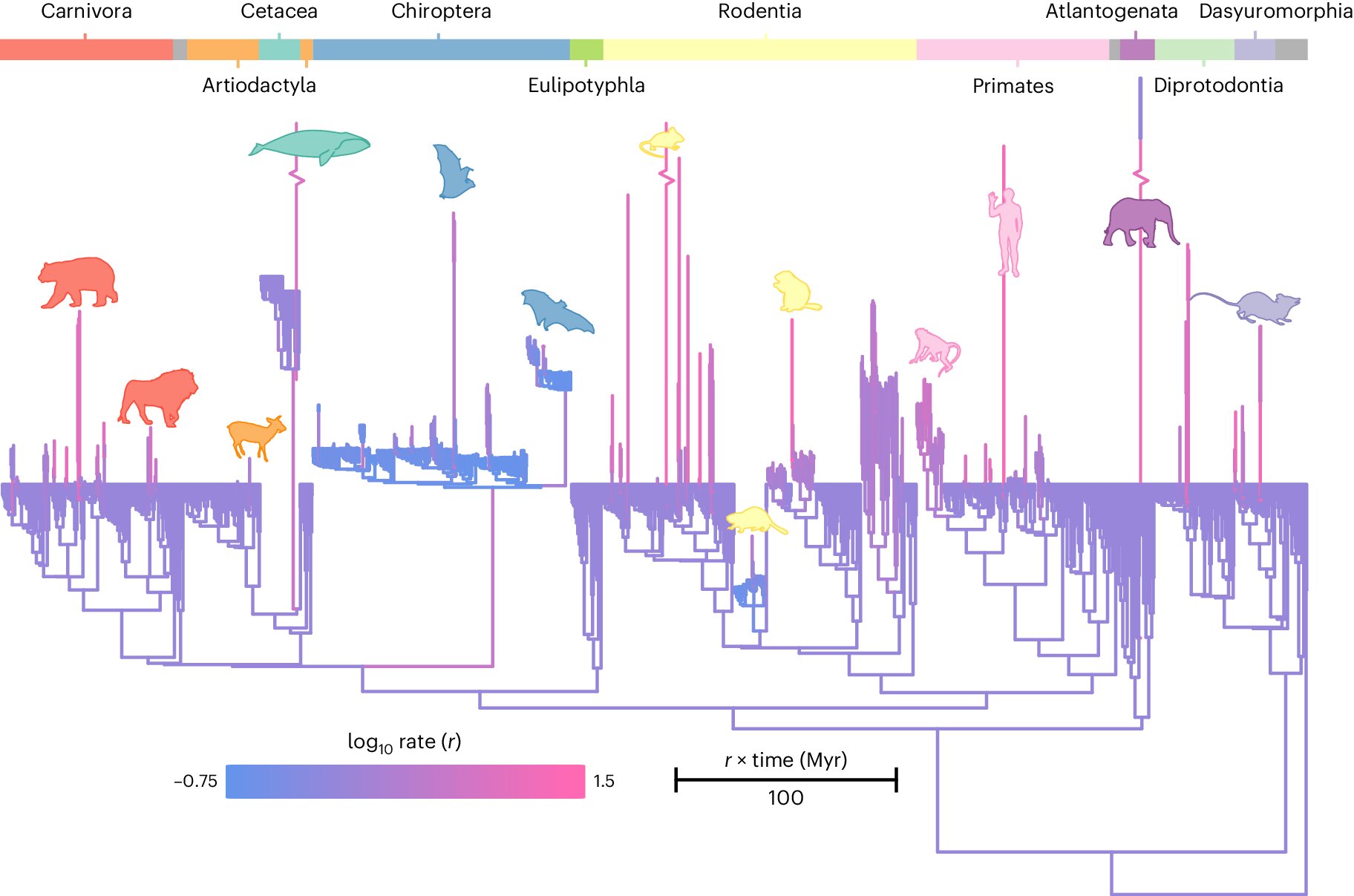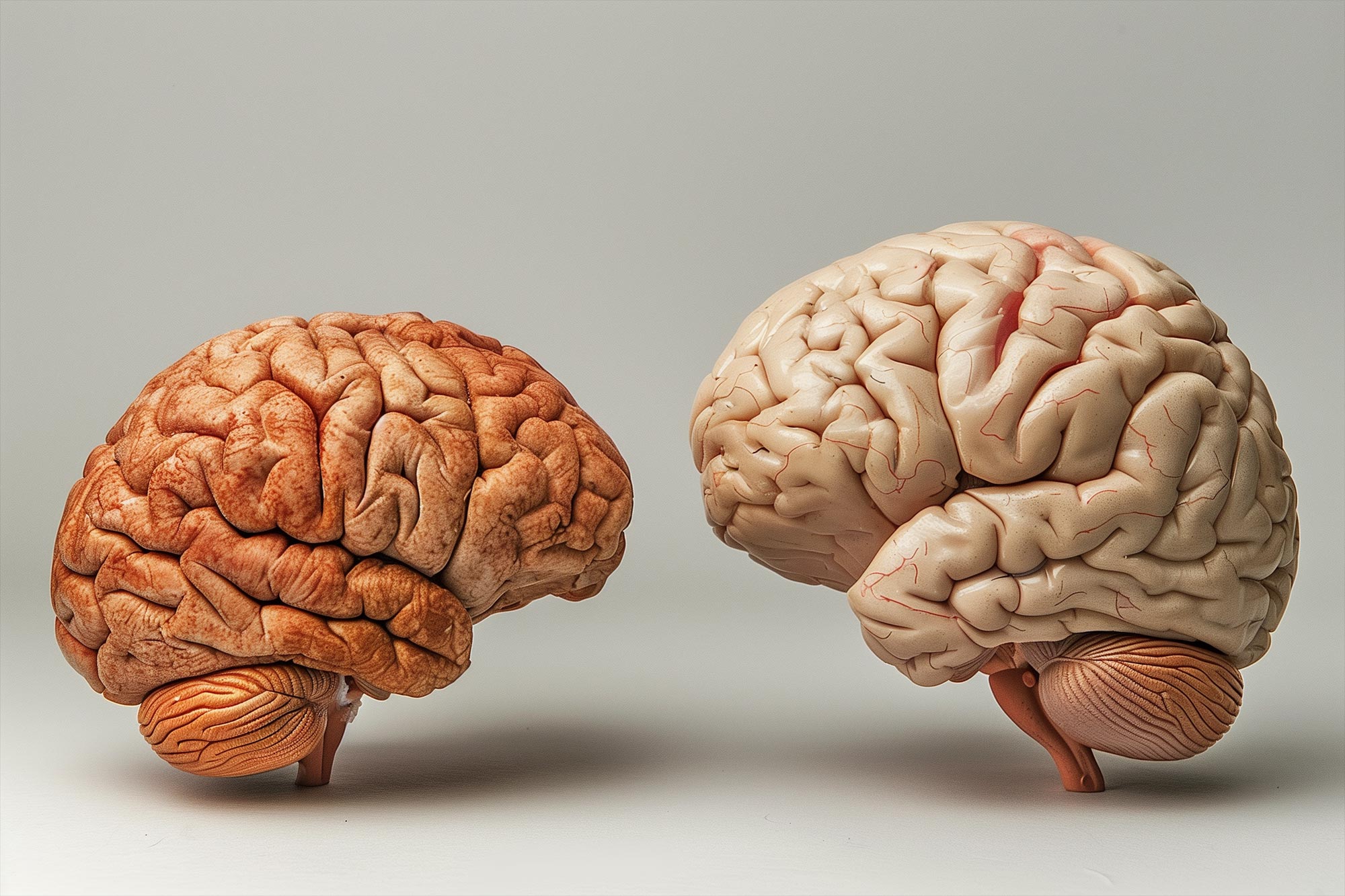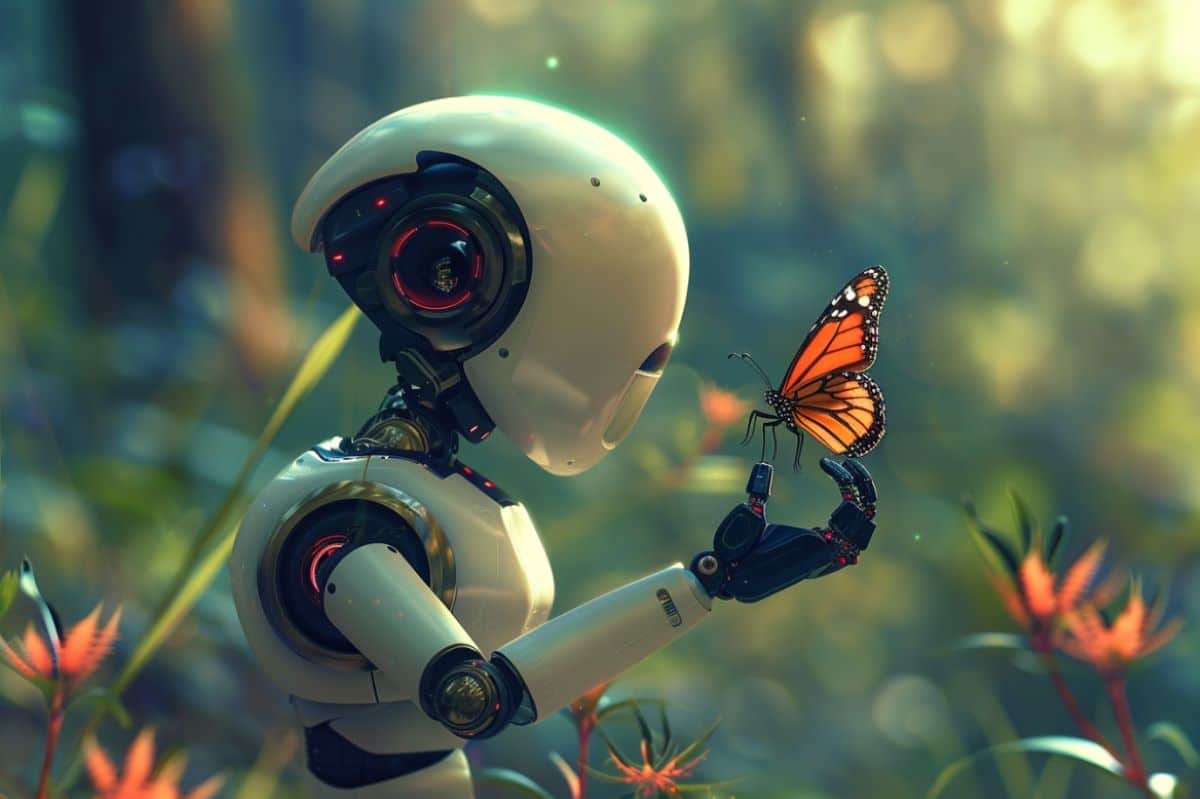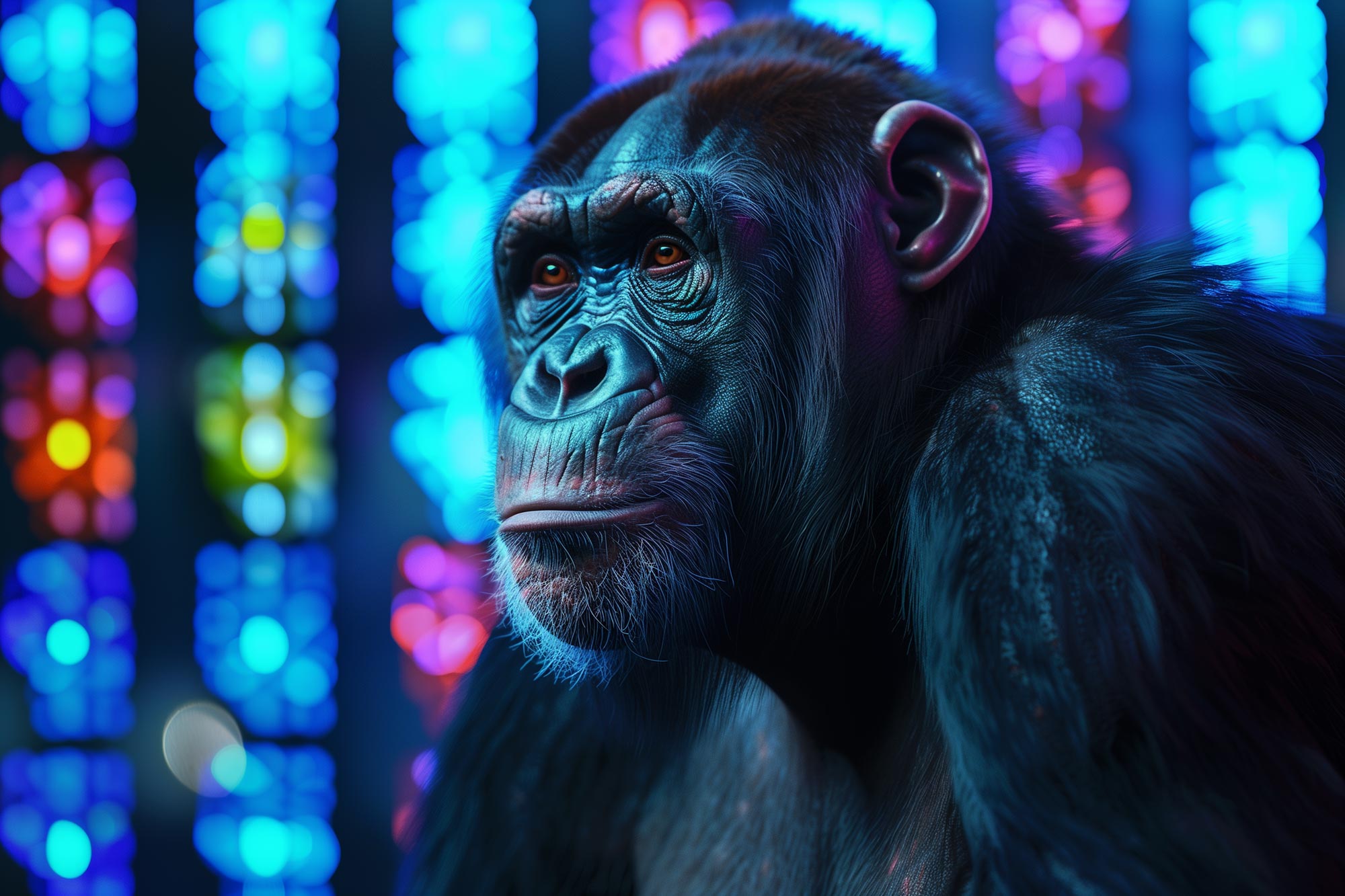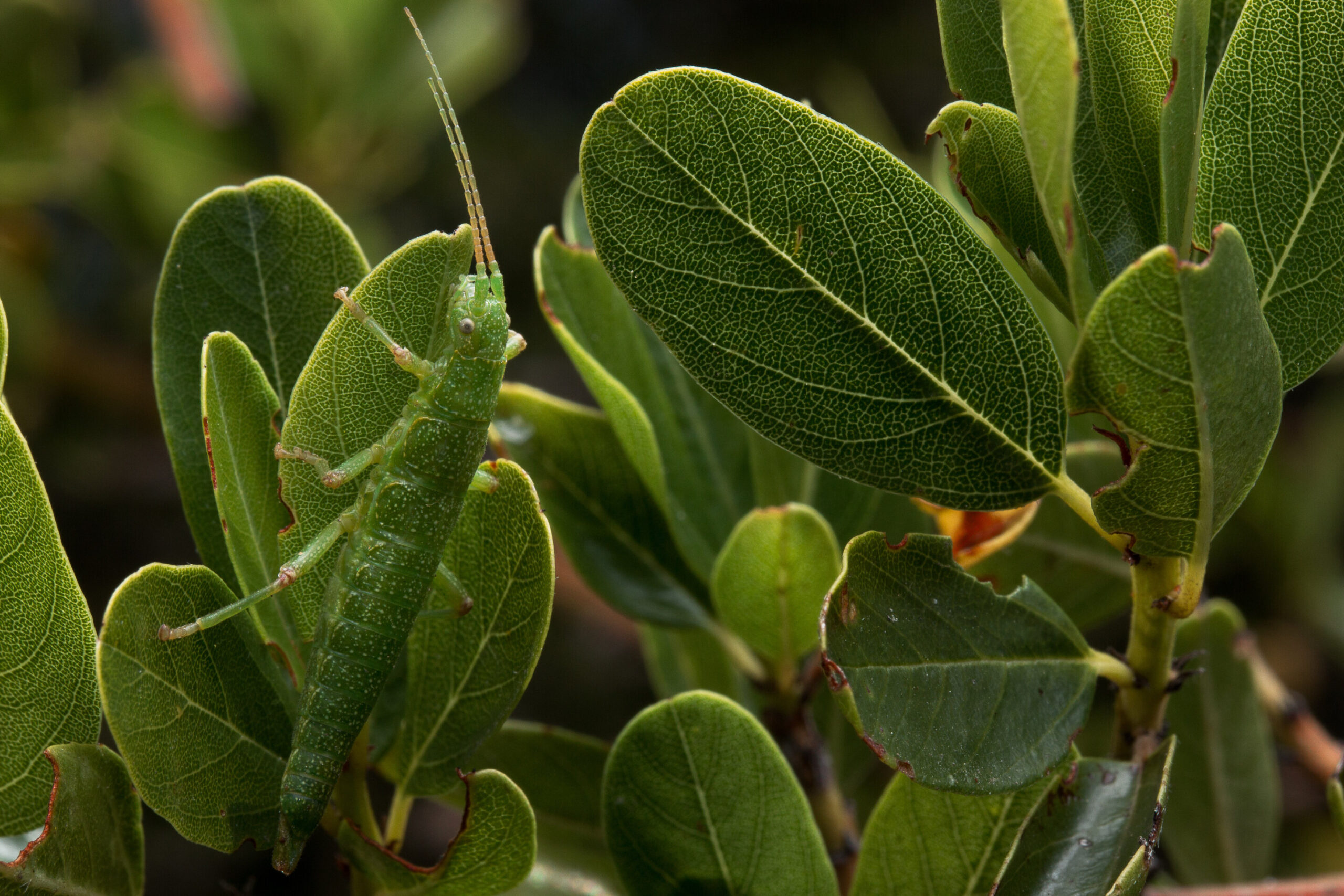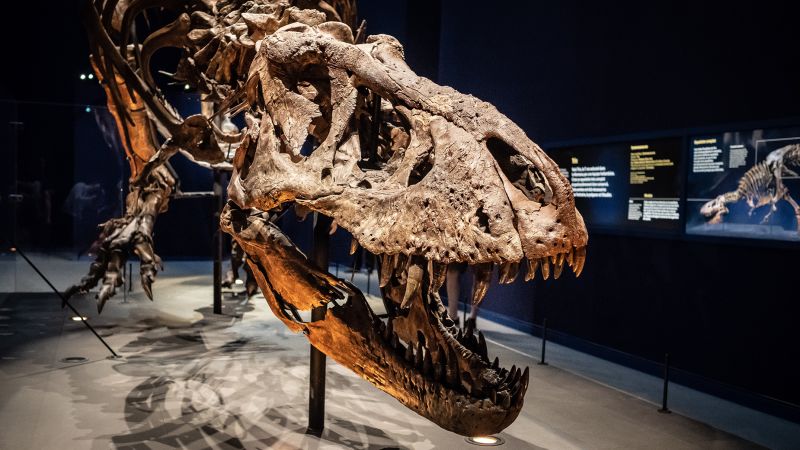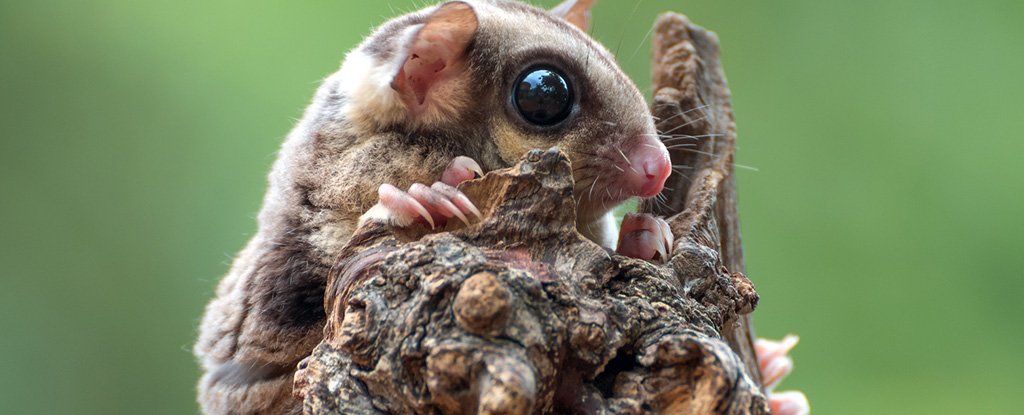Brain size mystery solved as humans outpace evolutionary trend
Rate of relative evolution of brain mass. Credit: Nature Ecology & Evolution (2024). DOI file: 10.1038/s41559-024-02451-3 The largest animals don’t have proportionally larger brains, and humans are an exception to this trend, according to a study published in Nature Ecology & Evolution has revealed. Researchers from the University of Reading and the University of Durham … Read more
